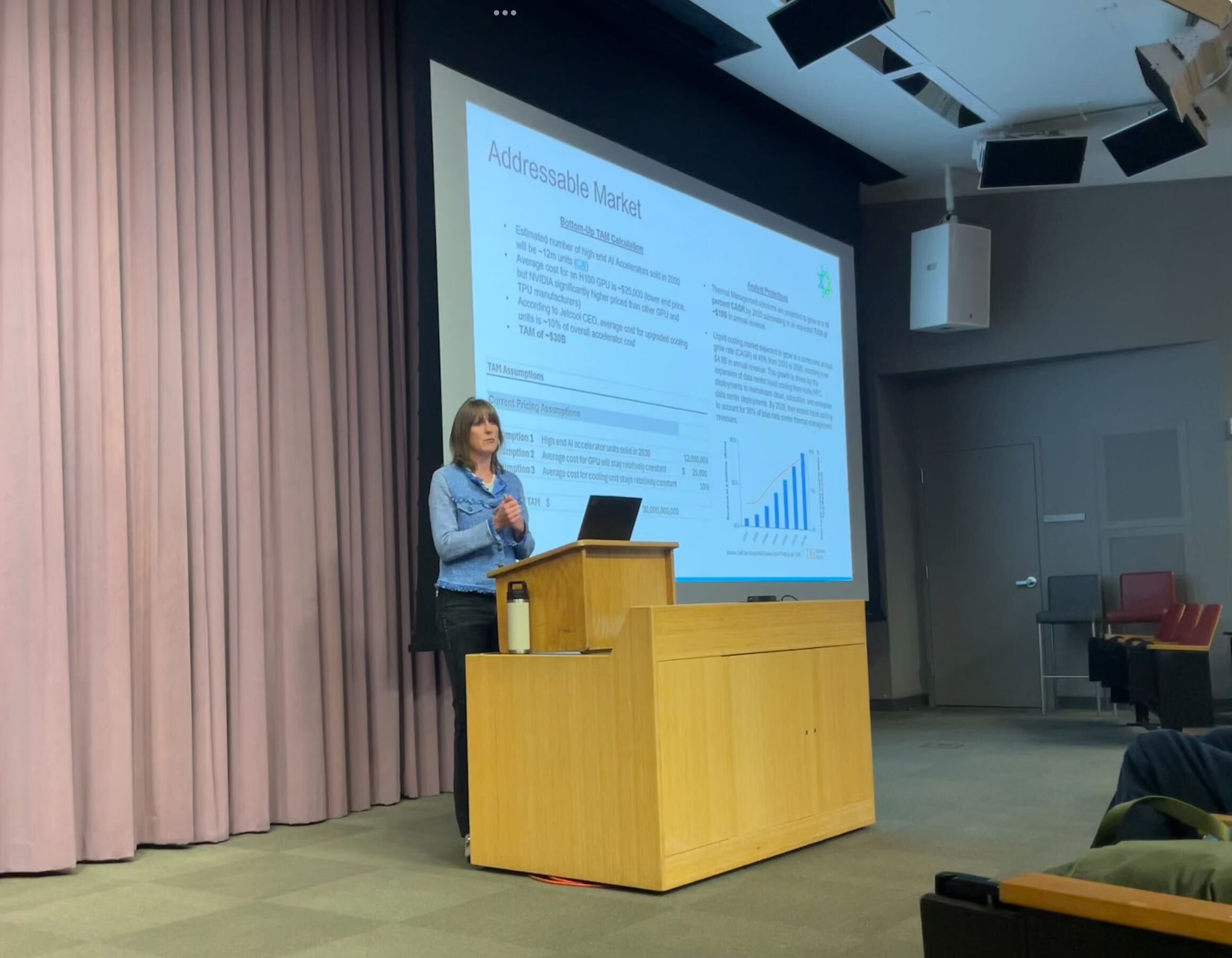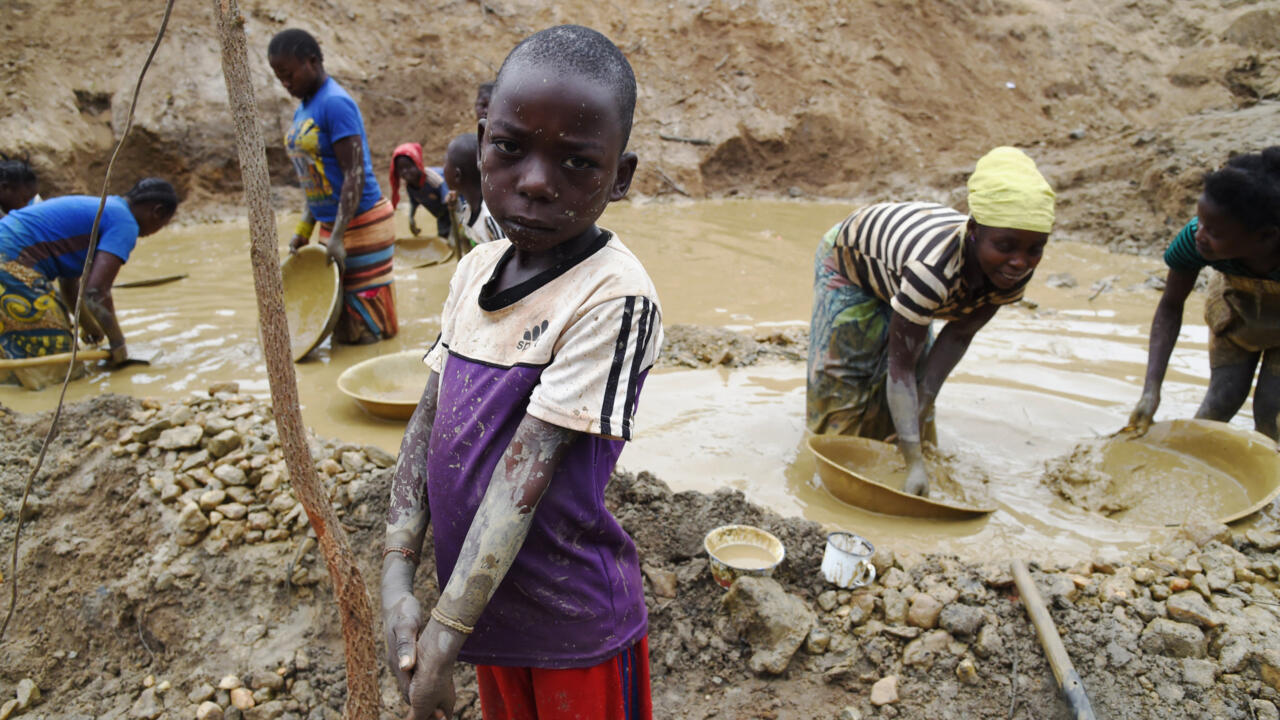Millennial terraces reborn: Hani people’s path to poverty alleviation – news.cgtn.com

Report on the Revitalization of Hani Rice Terraces and its Contribution to Sustainable Development Goals
Executive Summary: An Integrated Model for Sustainable Development
The Hani Rice Terraces in Honghe Prefecture, Yunnan, China, represent a centuries-old agricultural landscape and a UNESCO World Heritage site. Recent revitalization initiatives focused on this unique system serve as a powerful case study in achieving multiple Sustainable Development Goals (SDGs). This report outlines how the preservation and economic development of the terraces contribute directly to poverty alleviation, food security, sustainable economic growth, and environmental protection.
SDG 1 (No Poverty) & SDG 2 (Zero Hunger): Eradicating Poverty and Ensuring Food Security
The core objective of the revitalization project is to improve the livelihoods of the Hani people, directly addressing SDG 1 and SDG 2.
- Income Generation: By promoting the cultivation of traditional, high-value red rice and developing a brand around it, local farmers have seen a significant increase in household income, lifting many out of poverty (Target 1.1, 1.2).
- Sustainable Agriculture: The project reinforces traditional, sustainable farming techniques, which enhance agricultural productivity and ensure a stable, resilient food supply for the local community (Target 2.3, 2.4).
- Food Security: The integrated rice-fish-duck farming system provides a diverse source of nutrition, enhancing food security and improving the health of the local population (Target 2.1).
SDG 8 (Decent Work and Economic Growth) & SDG 12 (Responsible Consumption and Production): Fostering a Sustainable Local Economy
The economic model built around the terraces promotes inclusive growth and sustainable production patterns, aligning with SDG 8 and SDG 12.
- Eco-Tourism Development: The cultural and natural value of the terraces has been leveraged to develop a sustainable tourism industry. This has created decent work opportunities in hospitality, tour guiding, and cultural crafts, diversifying the local economy (Target 8.5, 8.9).
- Responsible Production: The traditional agricultural system is a prime example of responsible production. It relies on natural cycles, minimizes waste, and avoids chemical inputs, creating organic products for conscious consumers (Target 12.2).
- Community-Based Enterprises: The formation of local cooperatives for rice processing and marketing ensures that economic benefits are retained within the community, promoting equitable and inclusive growth (Target 8.3).
SDG 11 (Sustainable Cities and Communities) & SDG 15 (Life on Land): Protecting Heritage and Biodiversity
Conservation of the Hani Terraces is fundamental to the project, directly supporting the goals of protecting cultural heritage and terrestrial ecosystems.
- Cultural Heritage Preservation (Target 11.4): The revitalization efforts are centered on protecting and safeguarding the Hani Terraces as a living world cultural heritage site. This includes maintaining the physical structures and preserving the traditional knowledge associated with them.
- Ecosystem Conservation (Target 15.1): The terraces are part of a complex ecosystem that includes forests, villages, and a sophisticated water management system. Protecting the forests on the mountaintops is crucial for water conservation and the long-term sustainability of the entire agricultural landscape.
- Biodiversity Protection: The integrated farming system supports a rich biodiversity of flora and fauna within the agricultural landscape, contributing to the conservation of terrestrial ecosystems.
1. Which SDGs are addressed or connected to the issues highlighted in the article?
Analysis of the provided text
- The provided article text does not contain information related to any Sustainable Development Goals (SDGs). The text is a cookie consent notice and does not discuss social, economic, or environmental issues.
2. What specific targets under those SDGs can be identified based on the article’s content?
Analysis of the provided text
- No specific SDG targets can be identified as the article text does not mention any issues to which targets could be linked.
3. Are there any indicators mentioned or implied in the article that can be used to measure progress towards the identified targets?
Analysis of the provided text
- The article text does not mention or imply any indicators for measuring progress towards SDG targets, as no targets or relevant issues are discussed.
4. Create a table with three columns titled ‘SDGs, Targets and Indicators” to present the findings from analyzing the article.
| SDGs | Targets | Indicators |
|---|---|---|
| No information available in the provided text. | No information available in the provided text. | No information available in the provided text. |
Source: news.cgtn.com

What is Your Reaction?
 Like
0
Like
0
 Dislike
0
Dislike
0
 Love
0
Love
0
 Funny
0
Funny
0
 Angry
0
Angry
0
 Sad
0
Sad
0
 Wow
0
Wow
0

















































:focal(1500,1000)/https://media.globalcitizen.org/a6/9a/a69a4720-d8a1-4715-b596-18738d03c05c/rotary_polio_hero_image.jpg?#)






/countries/sri-lanka/photo-credit---dmc-sri-lanka.tmb-1200v.jpg?sfvrsn=dc298bcc_1#)















